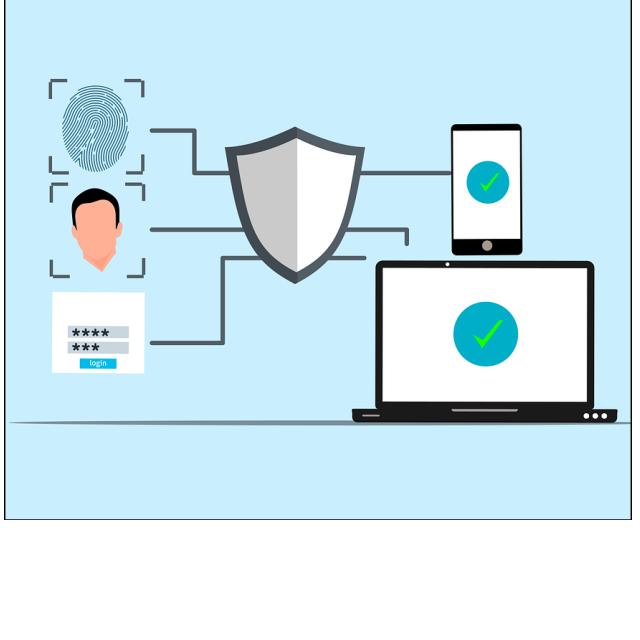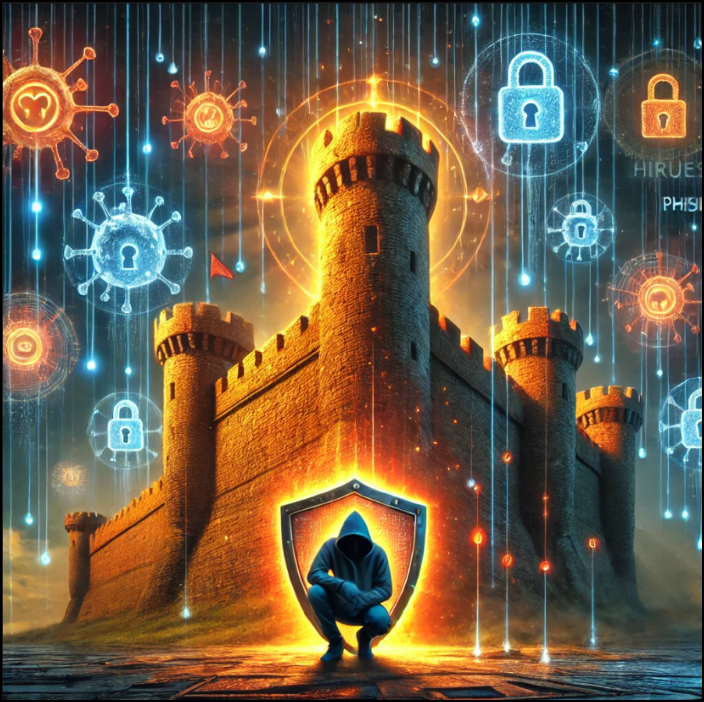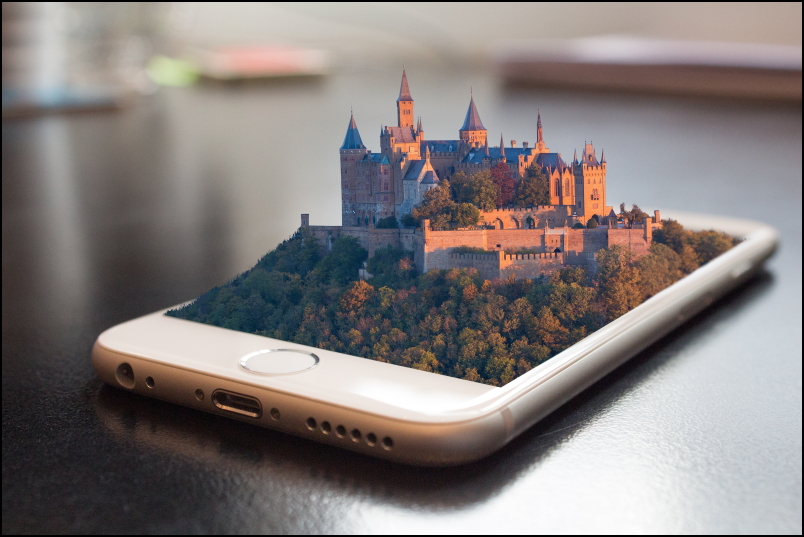
Because we are increasingly with cyber crime Being confronted, HCC has put the theme ‘Digital safety’ high on the agenda. The question is of course: what is covered by digital safety? And actually more importantly: what should and what can we do about it ourselves?
Ton Valkenburgh
 |
In the media we regularly read about cyber crime. The bank warns us of potential fraud. Phishing mails Look wonderful. HCC started the ‘Digital Safe’ promotion (see hCc.nl/digitaalveilig). What’s going on?
With artificial intelligence (Artificial Intelligenceoften abbreviated to AI) a lot is possible. This is how we see that criminals make smart use of it. What really seems can be fake very well. Now you get a phone call and you are addressed in general civilized Dutch: “You speak with …. We have seen suspicious actions on your account. We have blocked it. Is it correct: click yes, otherwise no.” Of course you break the connection immediately.
But this is something different than a few years ago. Then you were called by a supposedly an Microsoft employee, often with a striking accent and who you called from India or Pakistan. Even then it was told that they had discovered a problem on your computer. They wanted to help you, but then you had to install a program so that they could watch with you. Of course you did not fall for that, you did not give access to your computer.
From the letterbox
The world around us is constantly changing and we need to adjust if we want to survive. We no longer see the string from the letterbox with which children could open the front door. We do see a growth of alarm systems and surveillance cameras at private homes.
Most houses have ‘only’ two access doors: a front door and back door. However, our computers have more than 65,000 doors and windows. The question is: do strings hang out here? Or should we also become more careful there?
In this issue but also in the coming editions of PC-Active, we will discuss many aspects of digital safety and privacy. They are closely connected. Our goal is to help you as a reader to increase your digital safety. In addition, we want to show both the simple user and the more technical user what is coming at us. Of course we also show what you can do about it. However, remember: one hundred percent safety does not exist! We always have to stay alert.
What is going on right now?
We live in a connected world. Our PC, laptop, tablet, mobile phone, solar panels, heating and increasingly also household appliances are connected to the internet. These devices may contain interesting data, but also sometimes get unwanted functionality from the internet. This makes them an interesting target of criminals and hostile governments. We want to give an overview and show which measures are possible to reduce the risk. We have to deal with systems made by people and unfortunately people make mistakes. They try to use such errors. Do not underestimate the creativity of criminals and hackers, but you wake up as well as possible.
What are the threats?
Due to the way we use our computer and smartphone nowadays, these interesting targets have become. With mail use and visits to websites, it is possible that, just like with the ancient Greeks, a Trojan horse will end up on your device. This function can collect sensitive data or even take your computer hostage by encrypting it. A Trojan horse can also come in due to an error in your router.
Manufacturers are putting more and more ‘intelligence’ in household appliances. They often have a connection with the internet. That introduces new vulnerabilities, of which we are sometimes not even aware of. It Internet-of-Things Brings a variety of new and interesting developments – just think of cameras that are accessible via the internet – but also the corresponding weak spots in security. For example, what should we think of the biggest thing that is connected to the internet: our car?
What is sometimes forgotten is that the old -fashioned burglar also exists. How bad are the consequences if a burglary takes place during your vacation and your laptop (which you thought you have safely stored safely) appears to be stolen?
Privacy and safety are strongly connected. Nobody is waiting for his identity to be stolen. The consequences of this can make a totally upset life. But although we all think privacy is important, we nevertheless scatter a wealth of data, without us having it.
What can we do?
There is not one simple solution for digital safety. First of all, it is important to see where the possible weaknesses are. Then we can consider which measures are adequate. As with every security system, measures must be taken in a number of areas. In the Middle Ages we already knew how to build castles and walled cities to protect ourselves against the enemy. This concept can also be used digitally.
We are not there with securing our home network alone. After all, we are also on the road with our laptop or smartphone. Measures must also be taken for this. Incidentally, we should not only look for technical solutions. It is also good to consider whether you actually want to connect certain devices to the internet. Does that really bring added value or is it actually not worth the risk?
Because one hundred percent safety does not exist, we must also have an eye for the fact that things can go wrong anyway. How do we ensure that the damage remains as limited as possible in such a situation? So there is work to be done.

Subjugate
The subjects we will cut are:
- Internet, router and home network
How is protection applied against attacks from the internet? In what way can you check whether that security is satisfactory? How do we separate devices with important privacy -sensitive information from less reliable devices? - PC and laptop
What resources are there to protect our PC and/or laptop? How do we prevent unwanted advertising and shield our privacy as well as possible? This applies to the operating system, but also to the browser and the mail program. - Smartphone and tablet
With smartphones and tablets, the suppliers allow us less. Nevertheless, there are also opportunities to increase the protection and to guarantee more privacy. - Internet-of-Things and Cloud
Internet-of-Things is a rapidly developing market. A lot of cowboys See opportunities here due to the danger of falling safety. What can we do to avoid risks? Is using the cloud a good idea? Which application of the cloud suits us and in which cases is a local solution better? - Backup
Making a backup is a basic given. Yet there are points that are important to ensure that you are not faced with unpleasant surprises. - Connected vehicles
Our holy cow is quite talking. Let us drag ourselves or do we take matters into our own hands and really only use those functions that do not lower the privacy level? Finally, our old car turned out to be able to function properly without it. - Physical security with encryption
We can protect our devices with encryption. Preferably with open-source products. What awaits us if the quantum computer becomes a reality? - Our behavior
With every security system there is a weakest link. Our behavior is a good candidate for that. In addition to a critical view and healthy distrust, there are also ‘technical’ solutions that can support in recognizing dangers. We discuss a number there, but remember that new ones are constantly bubbling up from creative minds. How do we stay alert and do we not sleep in?
Technical solutions alone are not the solution. However, they can help us to prevent the chance of the wrong actions of us. It is important that the ease of use does not (too much) suffer from the measures. If one has the feeling that life is made very difficult, they bypass the security or switch off as much as possible. The user should not be bothered by the security. However, it is important that it is regularly considered whether the measures taken still work properly. Finally, the technology is not standing still. And not the criminal either.